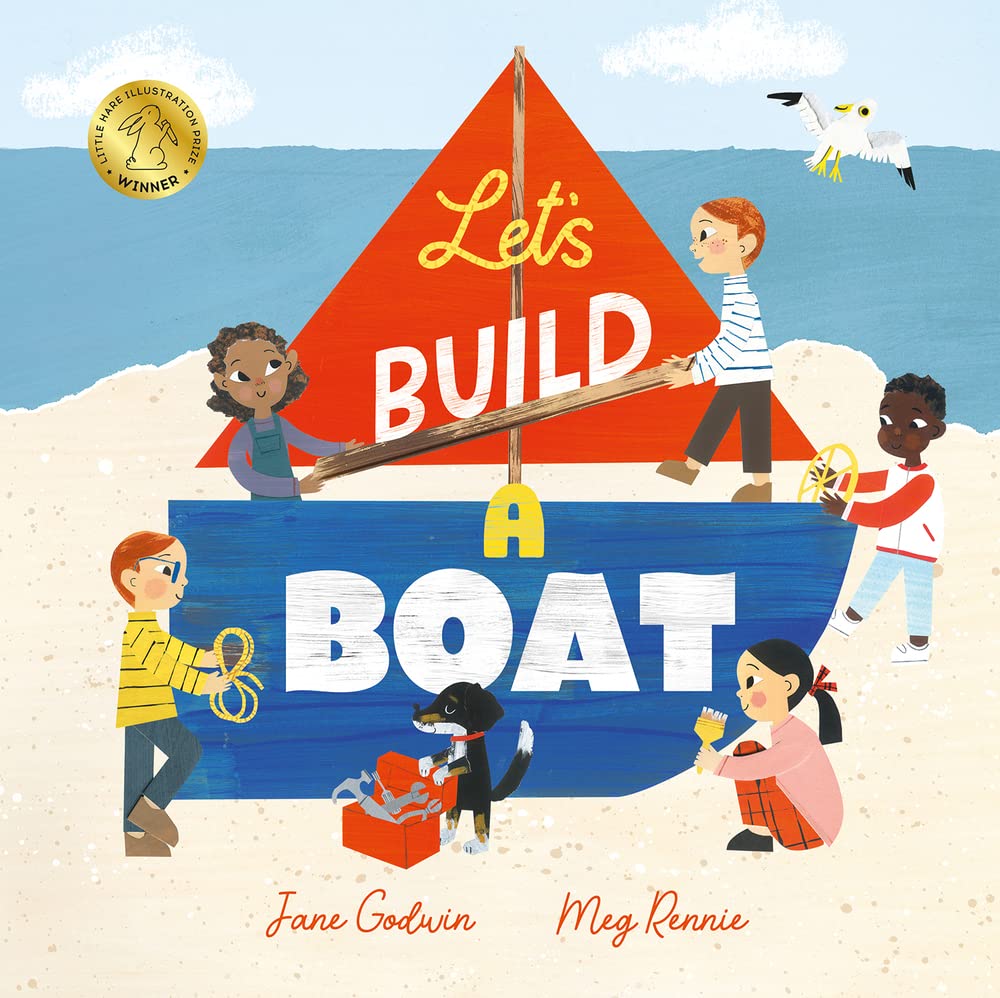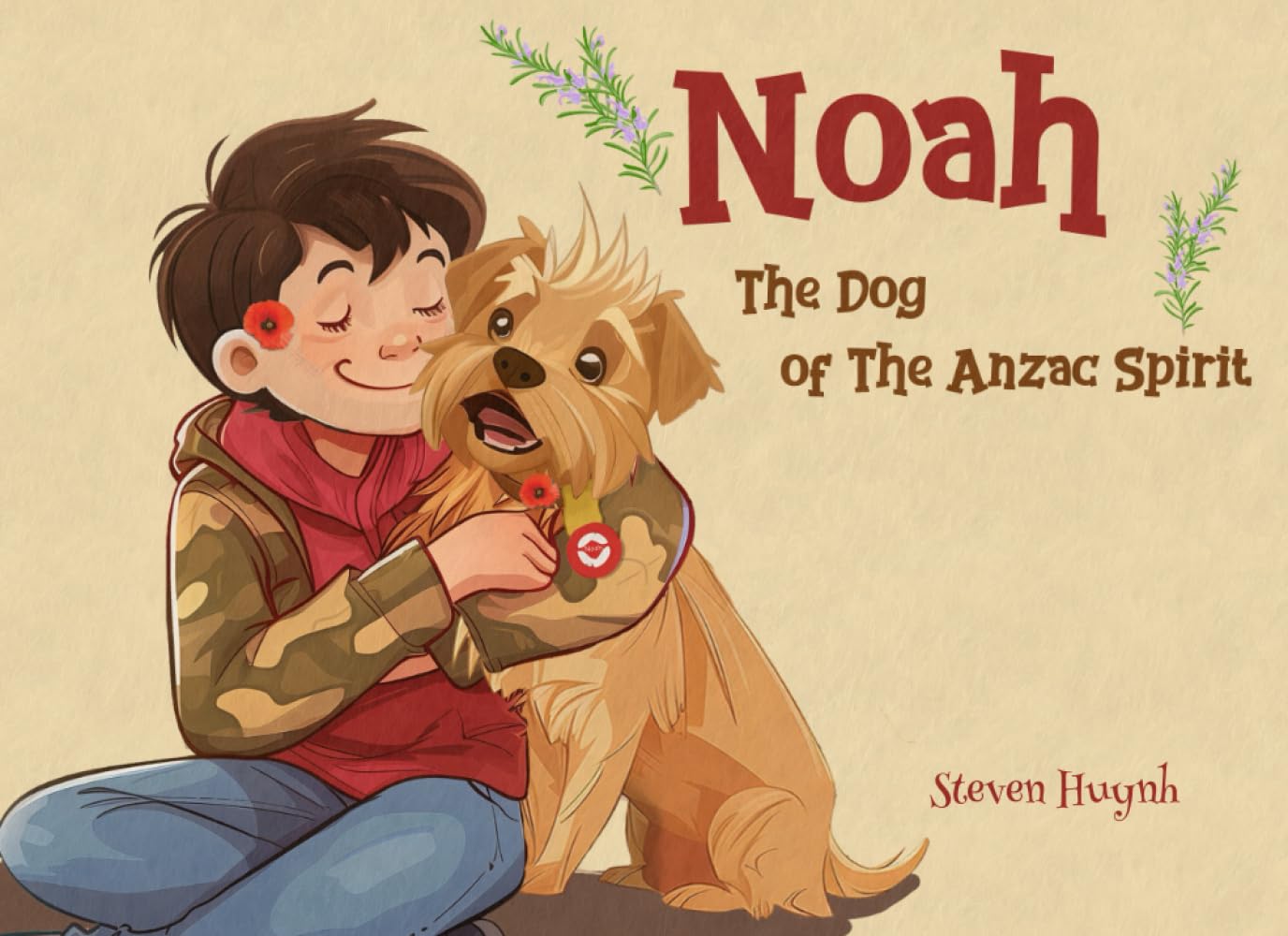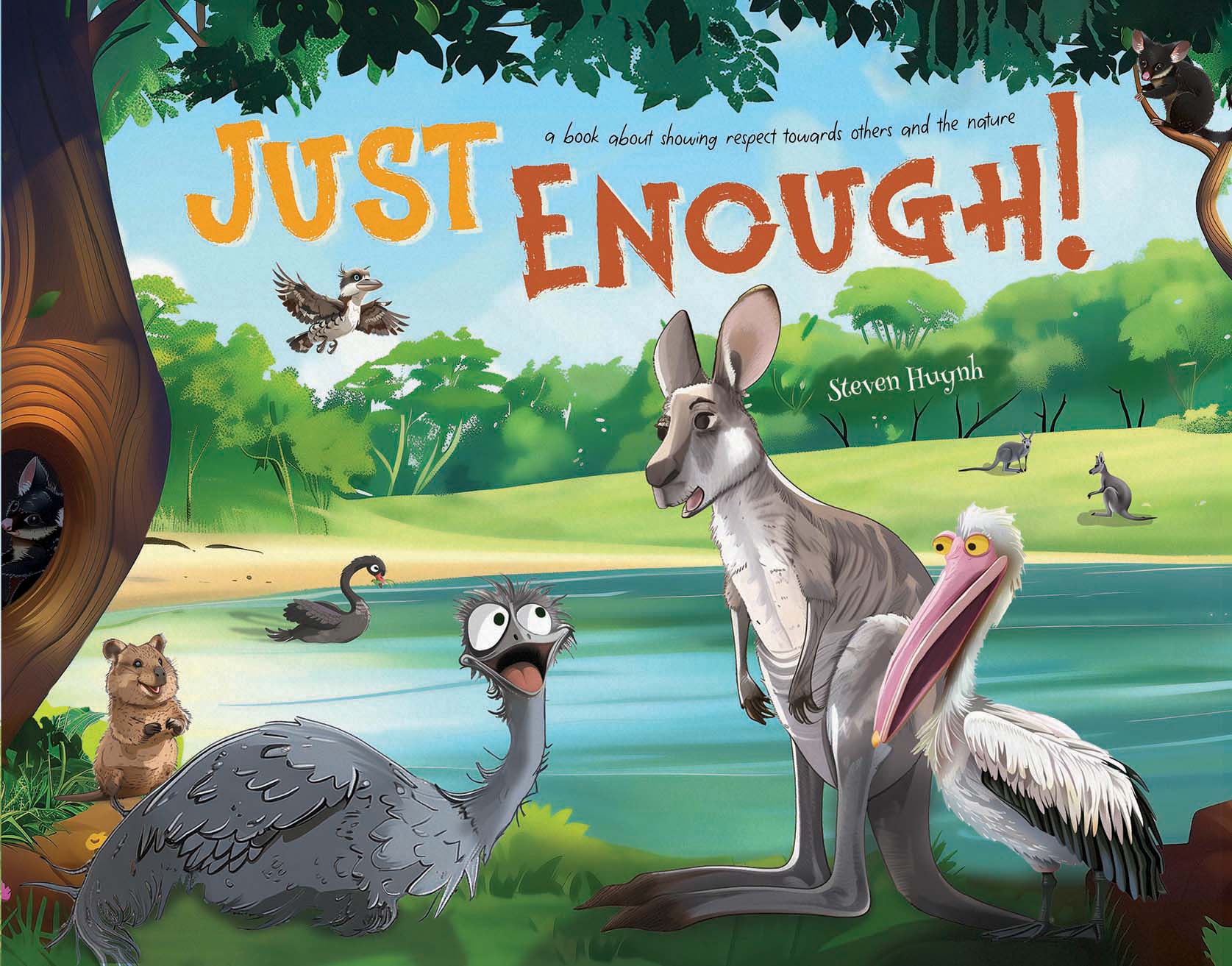Health and Physical Education
Discover our Health and Physical Education Books, Activities and Articles for Kids (Foundation to Year 2)
- Support children’s wellbeing and social development with our collection of Health and PE picture books, interactive activities for kids from Foundation (age 5), Year 1 (age 6), and Year 2 (age 7).
- Explore important personal and social topics including courage, emotional regulation, emotions, empathy, fairness, friendship, identity, inclusion, kindness, persistence, and teamwork. These resources help children understand themselves and others, build positive and respectful relationships, and develop healthy habits for life.
- Whether used in the classroom or at home, each resource aligns with the Australian Curriculum and encourages safe, respectful and active participation.
Topics in this subject
Expand | Collapse Search filter
-
Teaching Emotions in Foundation Class with Engaging Books & Activities
Help foundation class teachers teach emotions effectively with three engaging books and activities. Perfect for Health & PE lessons!
-
What Makes You Feel Happy?
📔 I Have Feelings by Jana Hunter• Students are learning about different feelings and what makes them feel that way.
-
I Have Feelings
Written by Jana Hunter
Illustrated by Sue Porter
Published by Mondo Pub
Theme/topic: Emotional regulation and Emotions
Suggested learning area: AC9HPFP03 (Health and Physical Education – Foundation)I Have Feelings by Jana Hunter is a sweet story that explores the wide range of emotions children experience. Through relatable scenarios and simple text, the book helps young readers recognise and understand their own feelings, such as happiness, sadness, and anger, and what triggers those feelings. This book serves as an excellent resource to support children in describing and express emotions they experience in an appropriate way (AC9HPFP03 – Foundation Year, Health and Physical Education).
With its vibrant illustrations and engaging narrative, I Have Feelings encourages children to express their emotions in a healthy and constructive way. It provides a perfect opportunity to discuss emotional literacy, social skills, and respectful interactions with peers.
The Invisible Boy
Written by Trudy Ludwig
Illustrated by Patrice Barton
Published by Rhus Children’s Books
Theme/topic: Friendship and Inclusion
Suggested learning area: AC9HPFP02 (Health and Physical Education – Foundation)The Invisible Boy by Trudy Ludwig is a touching story that highlights the importance of kindness, inclusion, and empathy. Brian, a quiet and overlooked boy, often feels invisible among his classmates—until a new student, Justin, arrives and helps him find his voice. Through expressive illustrations and a heartfelt narrative, the story encourages children to recognise the impact of their actions and words in making others feel valued.
This book provides an opportunity for children to practise personal and social skills to interact respectfully with others (AC9HPFP02 – Foundation Year, Health and Physical Education). By identifying characters who have been excluded, exploring the reasons behind their exclusion, and discussing how others could have been more inclusive, The Invisible Boy fosters discussions on empathy and belonging. A powerful resource for developing emotional intelligence, this story encourages young readers to build inclusive and compassionate relationships.
Can I Play Too?
Written & illustrated by Mo Willems
Published by Hyperion Books for Children
Theme/topic: Friendship, Inclusion, and Persistence
Suggested learning area: AC9HPFP02 (Health and Physical Education – Foundation)Can I Play Too? by Mo Willems is a heartwarming and humorous story about friendship, inclusion, and problem-solving. When a new friend, Snake, wants to join Elephant and Piggie’s game of catch, the duo faces a challenge—how can someone without arms play? Through their creativity and determination, the friends work together to find a way for everyone to be included.
This engaging story provides an opportunity for children to practise personal and social skills to interact respectfully with others (AC9HPFP02 – Foundation Year, Health and Physical Education). Teachers and students can explore how characters experience exclusion, discuss why it happens, and consider ways to make activities more inclusive. With its simple yet expressive illustrations and playful dialogue, Can I Play Too? fosters inclusion, empathy, problem-solving, and cooperation, making it a valuable resource for early childhood social-emotional learning.
Strictly No Elephants
Written by Lisa Mantchev
Illustrated by Taeeun Yoo
Published by Simon & Schuster/Paula Wiseman Books
Theme/topic: Friendship, Inclusion, and Persistence
Suggested learning area: AC9HPFP02 (Health and Physical Education – Foundation)This heartwarming book talks about friendship, inclusion, and embracing differences. The book follows a young boy and his tiny pet elephant as they excitedly approach a pet club meeting, only to be turned away by a sign that reads “Strictly No Elephants.” Undeterred, the boy and his elephant set out to create their own inclusive club, welcoming all kinds of pets and friends.
This uplifting story encourages children to practise personal and social skills to interact respectfully with others (AC9HPFP02 – Foundation Year, Health and Physical Education). Through the experiences of the main character and his elephant, young readers can identify characters who have been excluded, explore the reasons behind their exclusion, and discuss how others could have acted more inclusively. The book’s gentle message, paired with its expressive illustrations, reinforces the value of belonging and the power of creating welcoming spaces for everyone. Strictly No Elephants is an inspiring read that fosters empathy, emotional intelligence, and social awareness in young readers.
What Am I Feeling?
📔 In My Heart: A Book of Feelings by Jo Witek• Students will understand how emotions are expressed through facial expressions and body language and recognise how feelings affect their bodies.
Stay for Dinner’s Cultural Diversity Story from a Teaching Perspective
Discover Stay for Dinner, a multicultural children’s book celebrating diversity. See how it aligns with the Australian Curriculum for Years 1 and 2!
The Colour Monster: Colour Me In!
📔 The Colour Monster by Anna Llenas• Students are learning to develop their ability to identify the colour zone of feelings.
My Monster’s Colour Zone
📔 The Colour Monster by Anna Llenas• Students are learning to develop their ability to identify the colour zone of feelings.
The Colour Monster
Written & illustrated by Anna Llenas
Published by Templar
Theme/topic: Emotional regulation and Emotions
Suggested learning area: AC9HPFP03 (Health and Physical Education – Foundation)This delightful picture book helps young children understand and identify their emotions. The story follows a confused monster whose feelings are all mixed up, leading a young girl to guide him in sorting and recognising each emotion by associating them with specific colours.
Through vibrant illustrations and engaging narrative, the book encourages children to explore their own feelings and develop emotional awareness. It supports children’s ability to recognise and describe how their body reacts to different emotions and situations (AC9HPFP03 – Foundation Year, Health and Physical Education).
The Colour Monster is an excellent resource for parents and educators to initiate conversations about emotions and support children’s social and emotional development.
[T4R] Stay For Dinner Reading Unit for Year 2
📔 Stay For Dinner by Sandhya ParappukkaranAC9E2LA02 (English Language and Literacy)AC9E2LA03 (English Language and Literacy)AC9E2LA08 (English Language and Literacy)AC9E2LA09 (English Language and Literacy)AC9E2LE02 (English Language and Literacy)AC9E2LE03 (English Language and Literacy)AC9E2LY02 (English Language and Literacy)AC9E2LY04 (English Language and Literacy)AC9E2LY05 (English Language and Literacy)AC9E2LY06 (English Language and Literacy)AC9E2LY07 (English Language and Literacy)AC9HP2P01 (Health and Physical Education)AC9HP2P02 (Health and Physical Education)AC9HP2P03 (Health and Physical Education)[T4R] Stay For Dinner: L8 Respectful Relationships
📔 Stay For Dinner by Sandhya Parappukkaran• We are learning to make conscious choices to build respectful relationships.
[T4R] Stay For Dinner: L7 Cultural Respect
📔 Stay For Dinner by Sandhya Parappukkaran• We are learning to look deeper into the images of the story.
[T4R] Stay For Dinner: L1 Background Knowledge
📔 Stay For Dinner by Sandhya Parappukkaran• We are building our background knowledge to help us comprehend a text.
Let’s Build A Boat
Written by Jane Godwin
Illustrated by Meg Rennie
Published by Little Hare Books
Theme/topic: Colaborating, Evaluating (design), Friendship, Narrative, Persistence, Producing, Rhyme, and Teamwork
Suggested learning area: AC9HP2P01 (Health and Physical Education – Year 1,Year 2) AC9HP2P03 (Health and Physical Education – Year 1,Year 2) AC9TDE2P01 (Design and Technologies – Year 1,Year 2) AC9TDE2P02 (Design and Technologies – Year 1,Year 2) AC9TDE2P03 (Design and Technologies – Year 1,Year 2) AC9TDE2P04 (Design and Technologies – Year 1,Year 2)This inspiring picture book celebrates teamwork, creativity, and determination. As a group of children come together to build a boat for their picnic on an island, the story naturally lends itself to discussions about the purpose of a boat in general and context of the text (AC9TDE2K01 – Years 1 and 2, Design and Technologies). The story also highlights the importance of preparation before they begin (AC9TDE2P01 – Years 1 and 2, Design and Technologies), innovation and problem-solving when they face the challenge at sea (AC9TDE2P03 – Years 1 and 2, Design and Technologies).
Throughout their journey, they experience challenges and moments of joy, allowing students to reflect on how they manage emotions in different situations (AC9HP2P03 – Years 1 and 2, Health and Physical Education). The story also supports children in understanding how teamwork, resilience, and problem-solving help them to achieve shared goals (AC9HP2P01 – Years 1 and 2, Health and Physical Education).
Let’s Build a Boat is a perfect launchpad for hands-on STEM or creative projects, as well as social-emotional learning discussions around collaboration, effort, and celebrating differences.
AC9HP2P01 (Health and Physical Education – Year 1,Year 2) AC9HP2P03 (Health and Physical Education – Year 1,Year 2) AC9TDE2P01 (Design and Technologies – Year 1,Year 2) AC9TDE2P02 (Design and Technologies – Year 1,Year 2) AC9TDE2P03 (Design and Technologies – Year 1,Year 2) AC9TDE2P04 (Design and Technologies – Year 1,Year 2)Noah: The Dog Of The Anzac Spirit
Written & illustrated by Steven Huynh
Published by Steven De GC
Theme/topic: Health and Physical Education and Humanities and Social Sciences
Suggested learning area: ACHASSK012 (Humanities and Social Sciences – Foundation) ACHASSK013 (Humanities and Social Sciences – Foundation) ACHASSK045 (Humanities and Social Sciences – Year 2) ACPPS001 ( – Foundation) ACPPS015 ( – Year 1,Year 2) ACPPS020 ( – Year 1,Year 2)The story weaves themes of courage, kindness, and resilience with an appreciation for Australia’s history. Noah, a lovable and compassionate dog, dreams of becoming a hero like his owner’s grandfather, an Anzac veteran. Inspired by stories shared through photos of Grandpa (ACHASSK013 – Foundation Year, Humanities and Social Sciences), Noah finds daily motivation to use his strength—kindness—to help others (ACPPS001, ACPPS015 – Foundation to Year 2, Health and Physical Education).
The story also touches on the importance of commemorating past events, such as Anzac Day, that hold deep meaning for communities (ACHASSK012 – Foundation Year, Humanities and Social Sciences) and highlights a historical site dedicated to honouring Anzac soldiers (ACHASSK045 – Year 2, Humanities and Social Sciences). Through vibrant illustrations and an engaging narrative, Noah: The Dog of the Anzac Spirit inspires young readers to embody the Anzac values of perseverance and resilience (ACPPS020 – Years 1 and 2, Health and Physical Education), while fostering a connection to Australia’s rich cultural heritage.
Stay For Dinner
Written by Sandhya Parappukkaran
Illustrated by Michelle Pereira
Published by Bright Light
Theme/topic: Action words, Health and Physical Education, and Narrative
Suggested learning area: AC9HP2P01 (Health and Physical Education – Year 1,Year 2) AC9HP2P02 (Health and Physical Education – Year 1,Year 2) AC9HP2P03 (Health and Physical Education – Year 1,Year 2)Stay for Dinner by Sandhya Parappukkaran is a vibrant celebration of cultural diversity and the connections made through shared meals. The story centres on a family preparing a special dinner for their child’s friends, offering a glimpse into various mealtime customs and table manners (AC9HP2P01 – Years 1 and 2, Health and Physical Education). Through the lens of this dinner, the book explores the emotional responses and questions that arise from cultural traditions (AC9HP2P03 – Years 1 and 2, Health and Physical Education), encouraging children to embrace diversity and appreciate the richness of different cultural backgrounds (AC9HP2P02 – Years 1 and 2, Health and Physical Education).
The narrative is brought to life with vivid sound and imagery words such as “squish,” “splash,” “slice,” and “prong,” capturing the sensory experience of the meal. Culinary terms like “papadum,” “sadhya,” and “dumpling” add authenticity and depth, inviting readers into the world of diverse cuisines. As the main character reflects on her and her friends’ mealtime experiences, the story underscores the importance of understanding and respecting different customs, fostering a sense of togetherness and mutual respect.
With its rich illustrations and heartwarming themes, Stay for Dinner inspires children to find joy in sharing meals and traditions, highlighting the value of friendship and cultural appreciation.
In My Heart: A Book of Feelings
Written by Jo Witek
Illustrated by Christine Roussey
Published by Abrams Appleseed
Theme/topic: Health and Physical Education
Suggested learning area: AC9HPFP03 (Health and Physical Education – Foundation) ACPPS005 ( – Foundation)In My Heart: A Book of Feelings by Jo Witek is a beautifully illustrated story that explores a wide range of emotions in a way that is accessible to young children. The book follows a young girl as she describes how different feelings manifest in her heart—whether it flutters with happiness, feels heavy with sadness, or pounds with excitement.
Through expressive language and vivid imagery, the book helps children recognise, name, and understand their emotions, supporting their ability to describe how their body reacts to different feelings and situations (AC9HPFP03, ACPPS005 – Foundation Year, Health and Physical Education). The engaging die-cut heart illustrations add a tactile element, reinforcing the idea that emotions come in many forms and are a natural part of life. In My Heart is a valuable resource for fostering emotional literacy, encouraging self-awareness, and promoting discussions about feelings in a comforting and relatable way.
Just Enough!
Written & illustrated by Steven Huynh
Published by Steven De GC
Theme/topic: Basic needs, Health and Physical Education, and Sustainability
Suggested learning area: ACPPS006 ( – Foundation) ACPPS022 ( – Year 1,Year 2) ACSSU002 (Science – Foundation) ACSSU019 (Science – Year 1)The narrative encourages students to take only what is needed (ACPPS006, ACPPS022 – Foundation to Year 2 Health and Physical Education), reinforcing fairness in sharing resources like classroom materials. It also explores the negative consequences of overuse by addressing the basic needs of animals—food, water, and shelter (ACSSU002 – Foundation Year Science) —demonstrating how overuse impacts wildlife and habitats. Highlighting environmental changes caused by resource depletion (ACSSU019 – Year 1 Science), fostering the awareness of sustainability. With its rich themes of sharing and environmental stewardship, this story inspires young learners to adopt mindful, responsible habits in their daily lives.




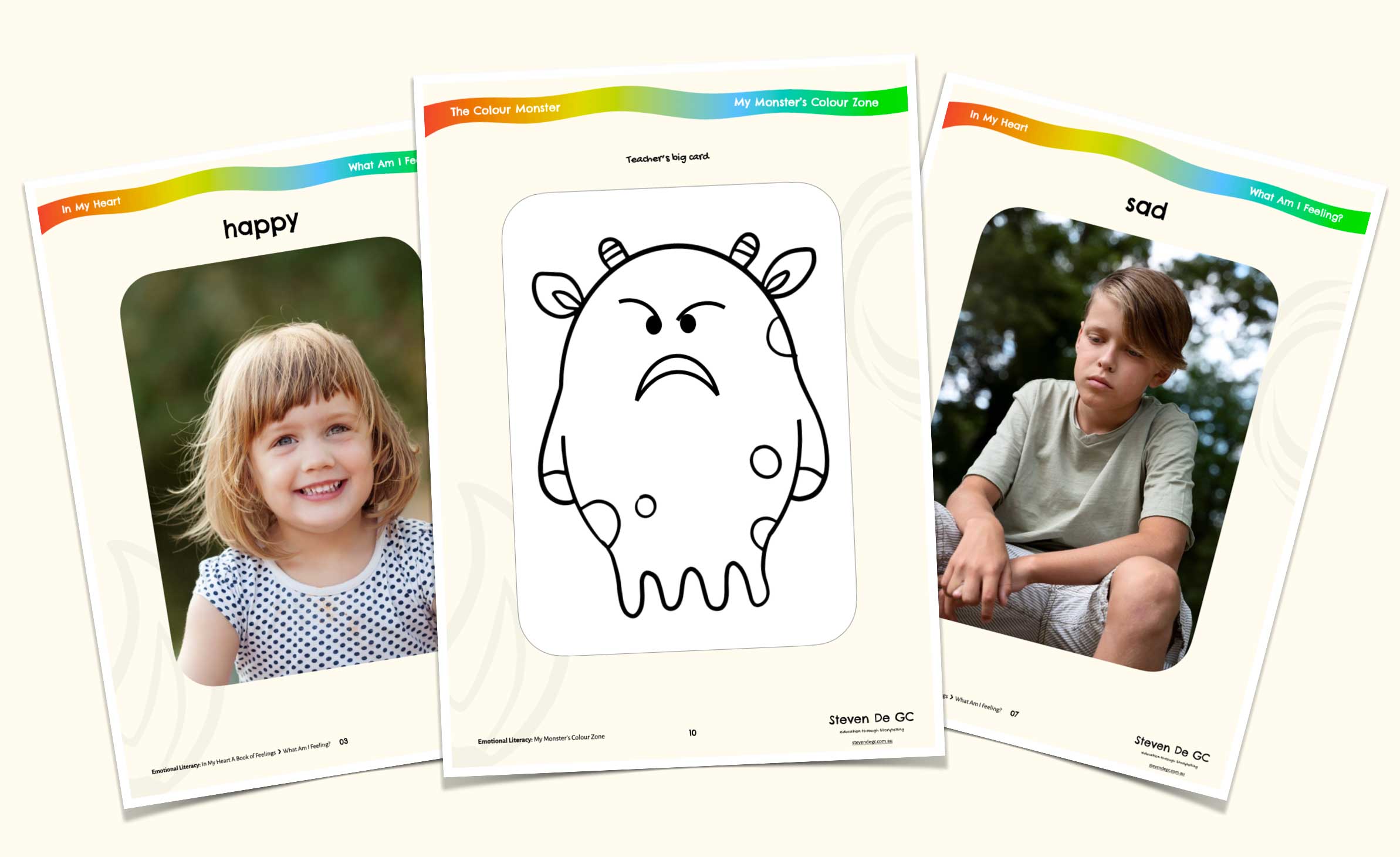





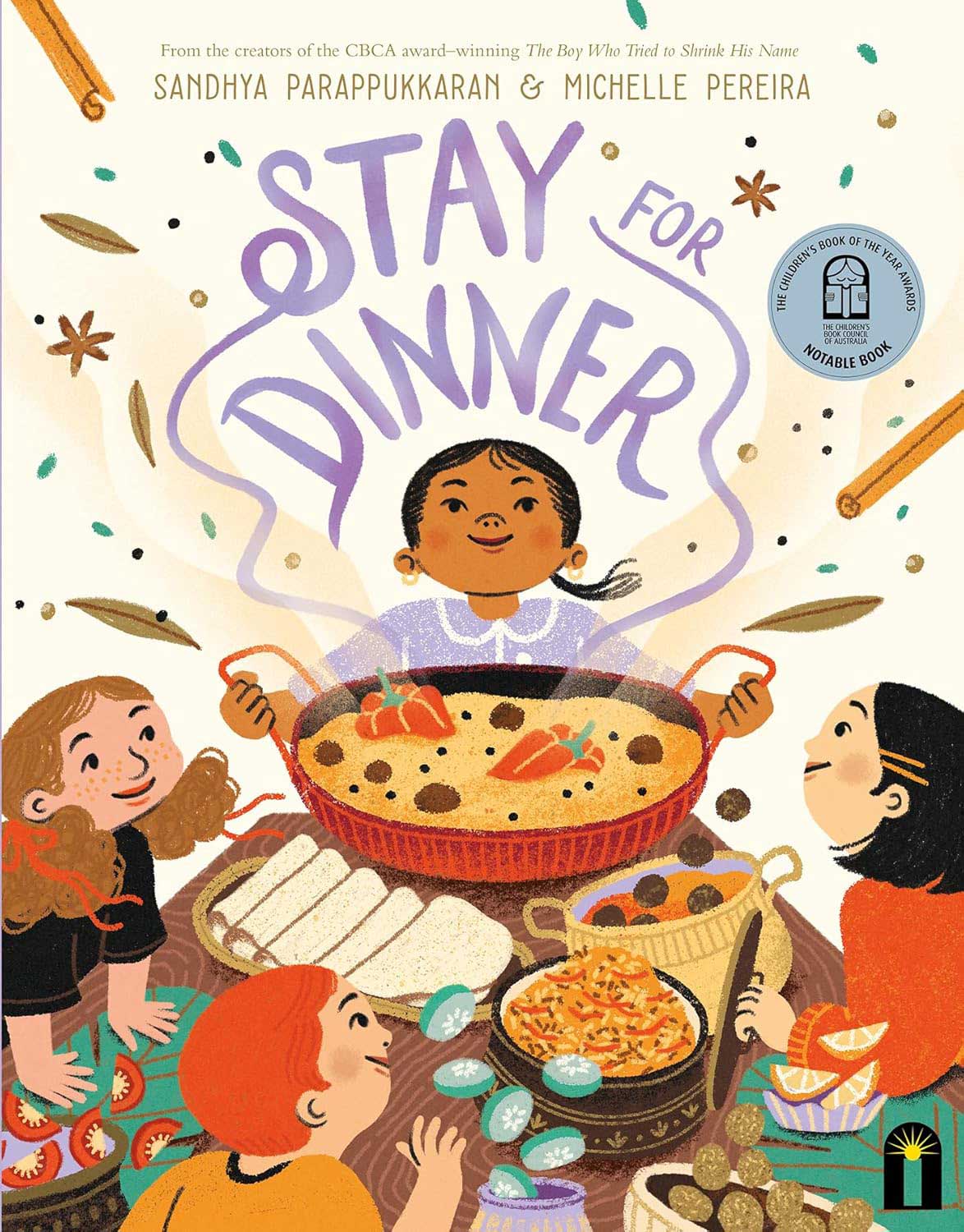
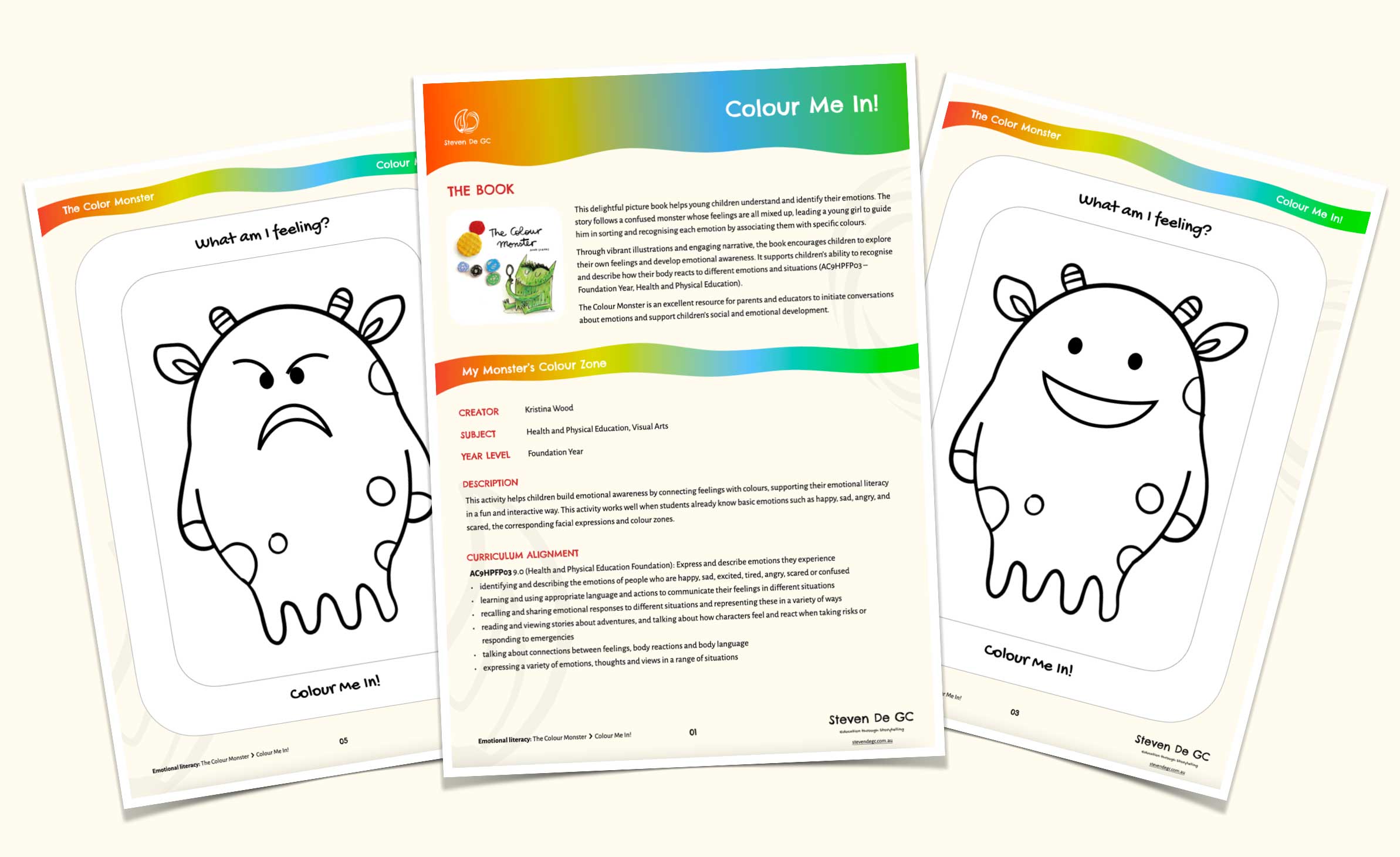


![[T4R] Stay For Dinner Reading Unit for Year 2](https://stevendegc.com.au/wp-content/uploads/2025/02/T4R-Stay-For-Dinner-UnitOverviewCover.jpg)
![[T4R] Stay For Dinner: L8 Respectful Relationships](https://stevendegc.com.au/wp-content/uploads/2025/02/T4R-Stay-For-Dinner-L8-Cover.jpg)
![[T4R] Stay For Dinner: L7 Cultural Respect](https://stevendegc.com.au/wp-content/uploads/2025/02/T4R-Stay-For-Dinner-L7-Cover.jpg)
![[T4R] Stay For Dinner: L1 Background Knowledge](https://stevendegc.com.au/wp-content/uploads/2025/01/T4R-Stay-For-Dinner-L1-Cover-1.jpg)
